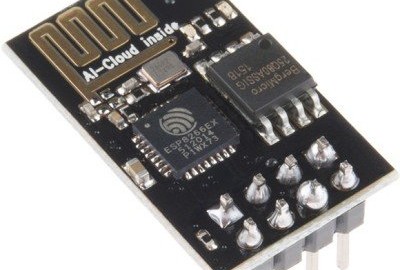I went crazy, mad trying to understand why the module is not printing anything to the Serial Monitor or receiving any AT commands. I went through lots of articles on the internet and was on the verge of throwing the module away. Just that my mind was not willing to believe that it is dead… Continue reading ESP-01 Serial.println() or Serial.print() not working
Tag: ESP-01
ESP-01 and ESP-01S Burning AT ROM- New and Updated
Few years back I had posted an article on burning ROM on ESP-01. The method worked good on my older boards but not working on the newer chips. I needed to spend quite some hours to figure out the problem. And then it turned out that it is the SPI mode that is the matter.… Continue reading ESP-01 and ESP-01S Burning AT ROM- New and Updated
ESP-01 Flashing Errors
After a few years I started working with an ESP-01 again. But after so many years I forgot the exact parameters of module I have and was using default settings. For hours I couldn’t flash anything to it. Everytime flashing failed with one error or other. The most occurring errors are : Invalid (unsupported) command… Continue reading ESP-01 Flashing Errors
ESP-8266 and NTP = onboard timekeeping
We can sync the time of a ESP-8266 with a NTP server and then keep time count on the device. It will not need any other additional devices like a DS1307 clock. And once synced with the NTP server it can keep the time even if there is no internet – very handy. The time… Continue reading ESP-8266 and NTP = onboard timekeeping
ESP8266 Programming Using Arduino IDE
The ESP8266 can be programmed using the Arduino IDE. The best part is the codes are similar to Arduino. To start programming a ESP8266 using Arduino IDE follow the below steps Prerequisites Arduino 1.6.8, get it from Arduino website. Steps Start Arduino and goto File-> Preferences. In the “Additional Boards Manager URLs” Enter http://arduino.esp8266.com/stable/package_esp8266com_index.json (You… Continue reading ESP8266 Programming Using Arduino IDE
